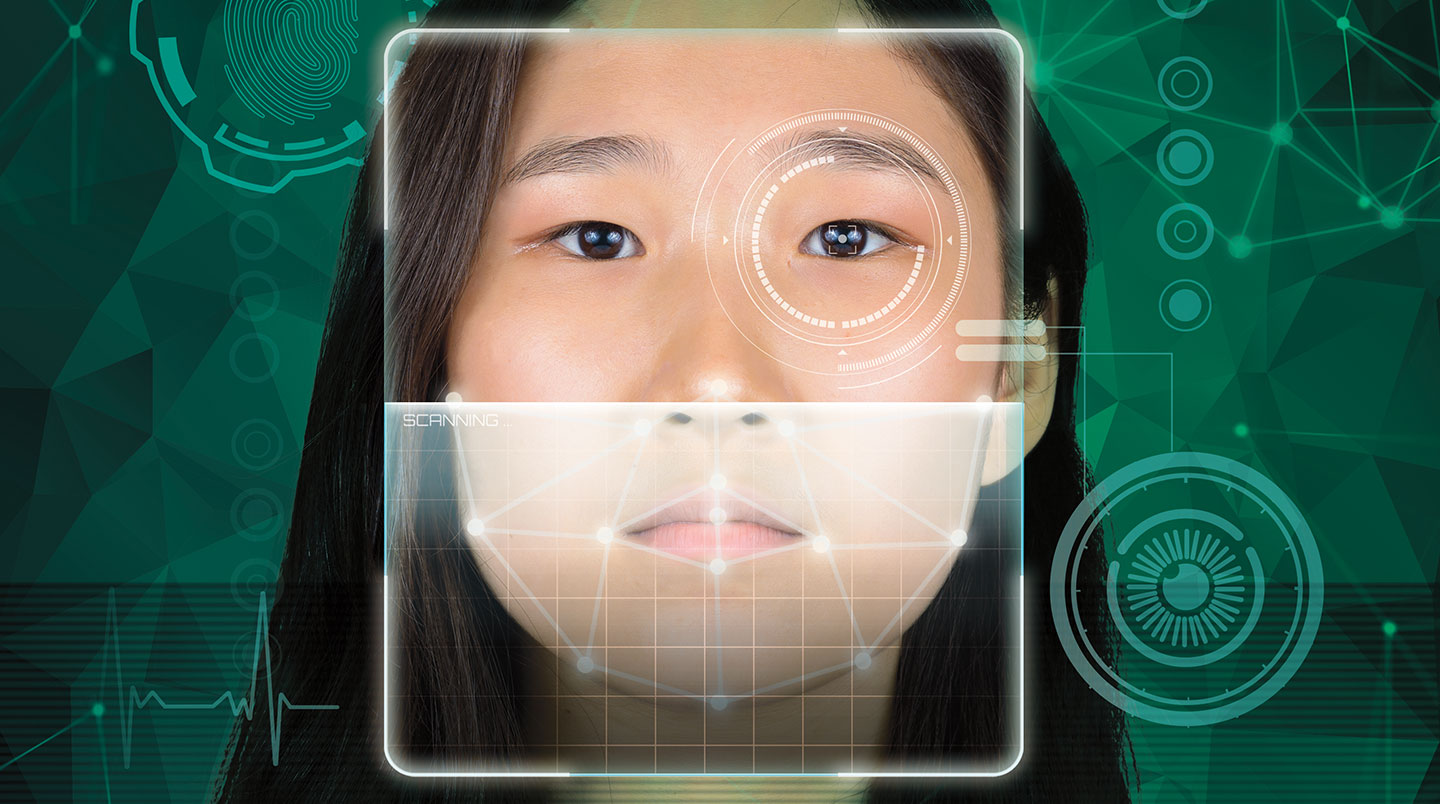When fans at a recent Taylor Swift concert in Los Angeles passed a screen playing videos of the pop star, they didn’t know that a hidden camera was snapping their photos. The images were reportedly analyzed by special software. The goal? To look for people considered potential threats to the singer.
That’s just one example of how facial recognition technology is becoming more common in the United States. It’s being used to boost security in many public places. Police departments are also using it to help find suspects (see sidebar, below).
Fans at a recent Taylor Swift concert in Los Angeles passed a screen playing videos of the pop star. They did not know that a camera hidden inside was snapping their photos. The images were reportedly analyzed by special software. The goal? To look for people considered possible threats to the singer.
That is just one example of how facial recognition technology is becoming more common in the United States. It is being used to increase security in many public places. Police departments are also using it to help find suspects (see sidebar, below).

